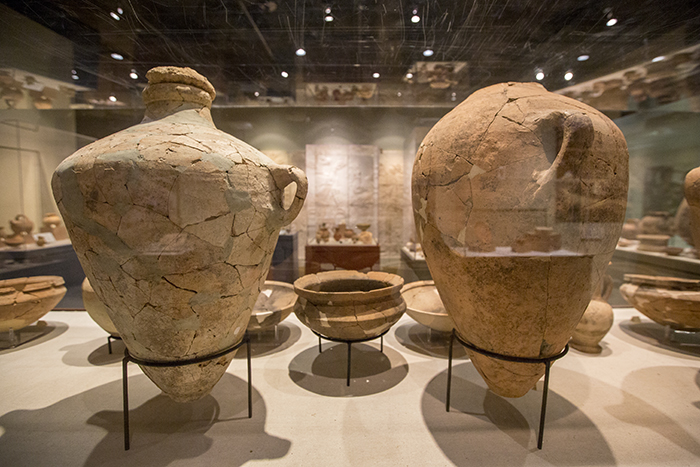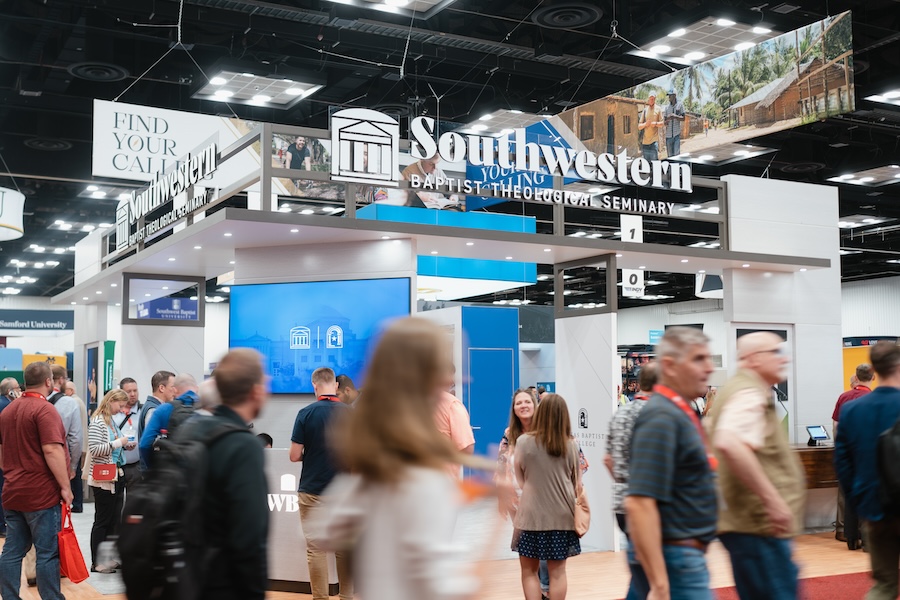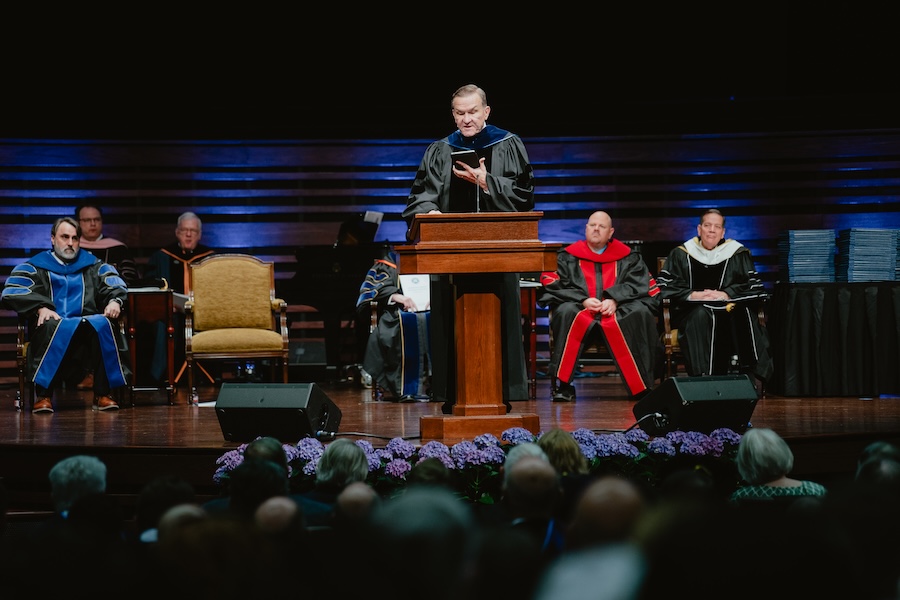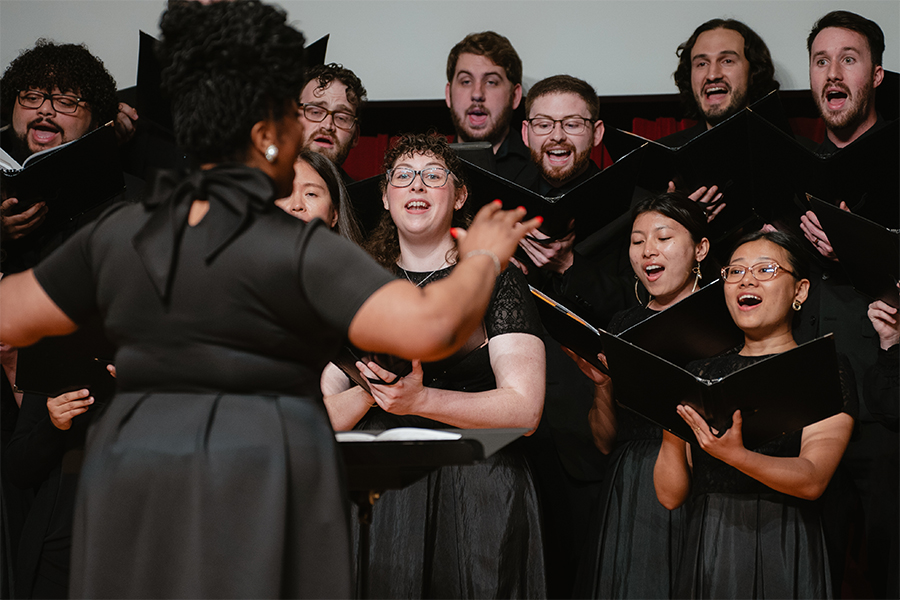Tandy Archaeological Museum honored with 2017 Best of Fort Worth Award

Southwestern Seminary’s Charles D. Tandy Archaeological Museum was recognized with the 2017 Best of Fort Worth Award in the museum category, distinguishing itself from other museums and research institutes in the area. This award is part of the annual Fort Worth Award Program, which identifies companies and institutions that have achieved success in their community and respective categories.
“Because of the small scale of our museum, it is nice to know that there is knowledge of our museum beyond the Southwestern campus,” says Tandy Museum Collections Coordinator Marcella Barbosa. “As the museum is part of the overall Tandy Institute for Archaeology, part of our larger goal has always been research and outreach, so we welcome any opportunity to continue to get our name out there to provide a place for scholars to participate and for the general public to come and learn about biblical archaeology.”
Established in 1983 as a component of the Tandy Institute for Archaeology, the museum is located on the first floor of A. Webb Roberts Library and is open to the public Monday through Friday during library operating hours. The museum produces regular exhibits, lectures, and self-teaching displays, and it features nearly 20 collections and more than 3,000 artifacts.
The museum has undergone renovation and updates in recent years, allowing for a better focus on biblical archaeology. Steve Ortiz, professor of archaeology and director of the Tandy Institute, says it is an honor for the institution to be recognized with such an award as it highlights the hard work of the institute’s staff.
“The work of Marcella Barbosa to design implementation has paid off in receiving recognition from the city,” Ortiz says. “The Tandy Museum is a hidden gem. It is located on the first floor of our library, so not many people see it just in passing. So it is great to have this award to let the community know that this museum is on our campus. The museum serves the Tandy Institute for Archaeology as we have a dynamic academic program, and the museum allows students to handle the artifacts and study material culture.”
Due to the recent remodel and new acquisitions, Barbosa adds that the museum was able to not only update its appearance, but also refine its focus and displays. For example, she explains, the significant museum growth in the last 20 years has better allowed them to feature archaeology and broaden the featured time periods.
“This more comprehensive exhibit is a good reflection of our current comprehensive study collection that is available to our archaeology students and has impressed quite a few visiting scholars with its breadth,” Barbosa says. “The growth of our collection is in large part thanks to our archaeology professors and their hard work to promote and grow the program, as well as the kindness of donors.”
To see a list of the Tandy Museum’s collections, visit www.tandyinstitute.org/tandymuseum/collections.



